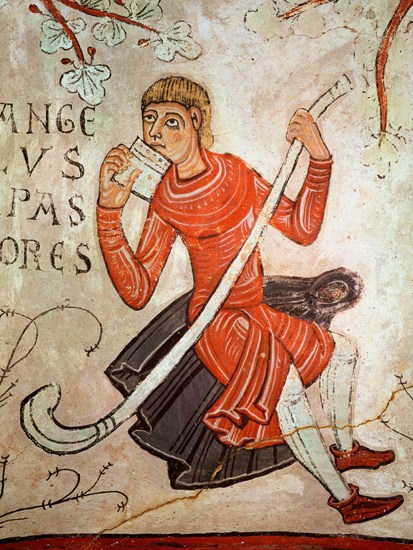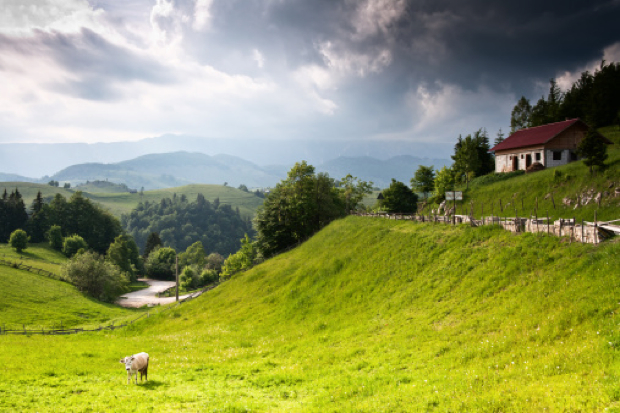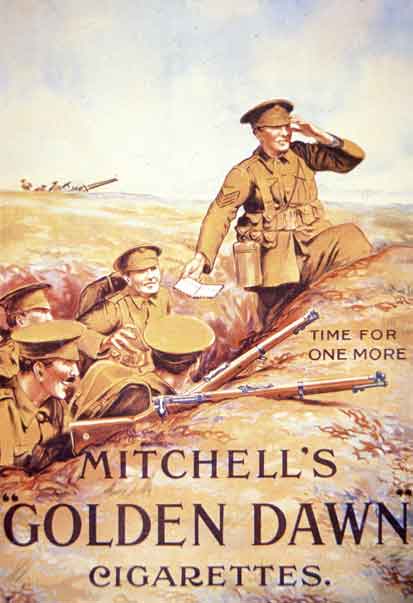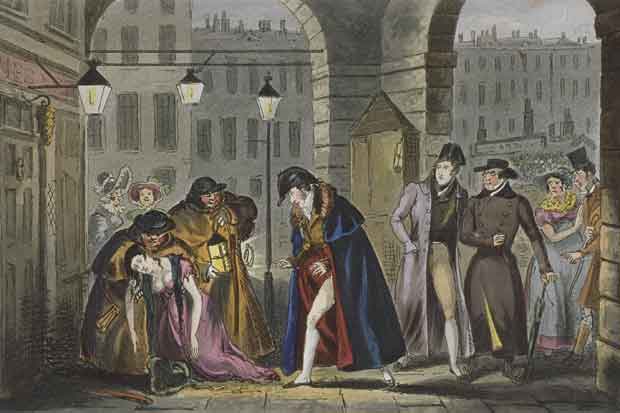This is probably not a book for those whose interest in Spain gravitates towards such contemporary phenomena as the films of Pedro Almodóvar, Barcelona Football Club or the fashion retailer Zara. Nor, as far as trains go, is it a volume for people fascinated by the engineering feats of Spain’s new high-speed AVE train system, which means that you can travel from Madrid to Seville in just over two hours, or from Madrid to Barcelona in less than three (rather amazing, when you recall that the old service used to take nine hours). Christopher Howse does not like high-speed trains. Even moderately paced express trains are too fast for him, for one cannot really observe the landscape from them.
The book, as Howse makes clear at the beginning, is ‘about Spain, not about trains’. Howse’s interest in trains is limited; he does travel on the narrow-gauge line from Bilbao to León, and he seems to have a special affection for lines which have ceased to exist, such as the route from Madrid to Burgos through the Somosierra pass, closed in 2008. But his interest in Spain, fortunately, is profound and marvellously eccentric.
The book is structured as a series of ten railway journeys which embrace all sorts of unexpected corners of what is still Western Europe’s wildest country. In keeping with Howse’s determinedly off-beat approach, there is almost nothing here about Barcelona or Madrid (a page on the former, while the latter does not even appear in the index), not to mention popular seaside resorts such as Benidorm or Marbella.
The first journey begins at what must be one of the oddest railway stations in the world, Canfranc, which has a façade 790 feet wide. It was opened by the King of Spain with a grand ceremonial lunch in 1928, but much of its purpose disappeared when the tunnel linking it with France through the Pyrenees was closed in 1970 after an accident involving a goods train. This is one of several episodes in the book which have a sort of Sebaldian, melancholy quality. Really the journeys are not about getting anywhere, but are excuses for digressions, and all the better for that.
One of Howse’s main interests is ecclesiastical art and architecture, and there are several immensely detailed accounts of the interiors of obscure Spanish cathedrals and churches. Probably the only well-known ones are the cathedrals of Seville and León, but even there Howse baulks at the obvious tourist attraction — the Gothic stained glass windows of the cathedral — and focuses on the wall-paintings in the church of San Isidoro. How many contemporary visitors to Spain would think of visiting the cathedrals of Tudela or Tortosa? But anyone imagining these descriptions are dry or boring should think again: the recreation in words of the Baroque extravagance of the chapel of the Holy Spirit in Tudela cathedral, so densely populated with saints that it resembles a ‘celestial dovecote’, is a virtuoso feat worthy of Patrick Leigh-Fermor. Howse is also fascinated — quite rightly — by Spanish birds and trees.
The country he traverses nowadays features in the news mainly for dire economic reasons. The ‘crisis’, which means that over 50 per cent of young Spanish people are unemployed, is not entirely absent from these pages; Howse does note boarded-up shops and beggars, and acknowledges the existence of the indignados movement without going so far as to interview any of the indignant. But on the whole the impressions you get from his travels are first that Spaniards still manage to find ways of enjoying themselves and, secondly that this crisis viewed in the long perspective of Spanish history is not one of the worst. That may be a somewhat partial view at a time when sheep and cattle rustling has become quite common in rural areas and pharmacies are running out of medicines.
The Spanish vein Howse mines may not be especially wide — there is practically nothing on Spanish wine, Spanish modernist art and architecture or Spanish poetry — but it is rich and deep. This is a book by a man who both understands and loves Spain, the way time expands there, so that, as Gerald Brenan once said, an hour in Spain can seem like a week in another country. It is worth buying alone for the descriptions of hearty traditional dishes (there is even a recipe for acorn pie), more valuable than all the arcane inventions of Ferrán Adriá.
This is a small classic, worth its place on the shelf alongside the works of the other great eccentric British hispanophiles, Richard Ford, George Borrow and Gerald Brenan.
Got something to add? Join the discussion and comment below.
Get 10 issues for just $10
Subscribe to The Spectator Australia today for the next 10 magazine issues, plus full online access, for just $10.
Available from the Spectator Bookshop, £13.99. Tel: 08430 600033.
Harry Eyres writes the Financial Times’s ‘Slow lane’ column. His most recent book is Horace and Me.
You might disagree with half of it, but you’ll enjoy reading all of it. Try your first month for free, then just $2 a week for the remainder of your first year.














Comments
Don't miss out
Join the conversation with other Spectator Australia readers. Subscribe to leave a comment.
SUBSCRIBEAlready a subscriber? Log in